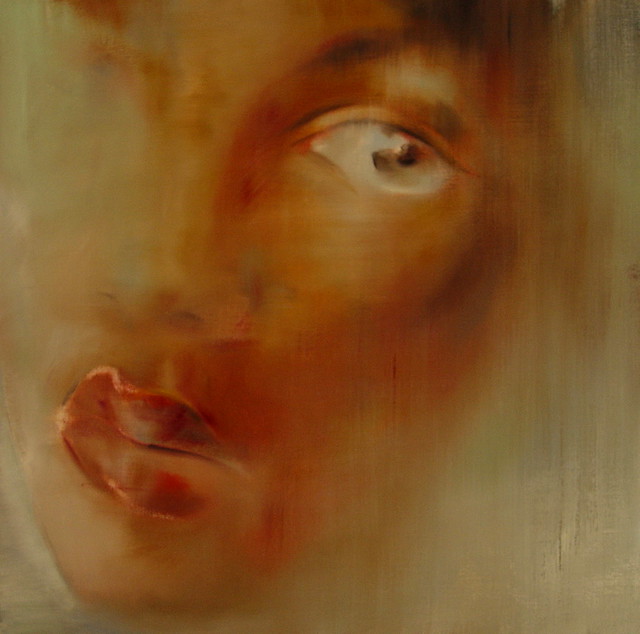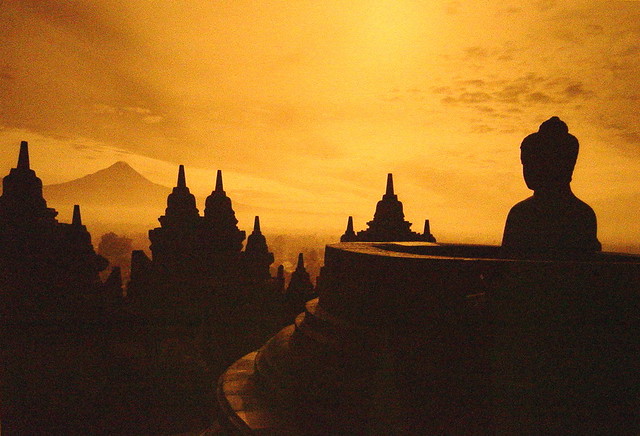Leonardo da Vinci
Woman's Head Almost in Profile
"Since the time of Pliny the Elder unfinished works were cherished because they seemed to reveal the thoughts of the artist. In the Renaissance, Leonardo honored the sketch as capturing the very instant of inspiration....Inspiration thus was valued as something even more urgent and vital than the conceptual planning of a work of art."
From Peter Sutton's catalog essay accompanying the exhibition, "Drawn by the Brush: Oil Sketches by Peter Paul Rubens":
In the past few years, two exhibitions have captured my attention because of the light they shed on the process of creation. "Leonardo da Vinci, Master Draftsman" was on view at The Metropolitan Museum of Art in New York during the frigid winter of 2003. The current exhibition, "Drawn by the Brush: Oil Sketches by Peter Paul Rubens", at the Berkeley Art Museum at the University of California continues this theme. Both da Vinci's drawings and Ruben's painted studies are exploratory, yet supremely confident. These sketches allow the viewer to enter into the work and imagine what the fully fleshed out scene would be like.
Peter Paul Rubens
Head of a Man
"C'est parce que, dans ce travail si spontané, nous saisissons sur le vif l'acte de création. Parce que, en tout contemplant, nous semblons prendre part à cet acte, que l'étude de ce esquisses nous intéresse tant."
"Thanks to the spontaneity of this work, we grasp the living act of creation. The sketches interest us so because in their contemplation we take part in this act."
—Leo van Puyvelde
Les Esquisses de Rubens (Basel, 1940)
The informality of these studies allowed da Vinci and Rubens to depict real people with vigor and appreciation unencumbered by the masks of madonna or moor. In these works we are privileged to step back into time and glimpse the genesis of art as well as encounter faces from the past. I can't help but wonder about these encounters between artist and model. Was there a flesh and blood woman who posed for Leonardo? Or did his immense artistic vision, honed by years of drawing, conjure her out of thin air? And who was the handsome black man who posed for Rubens? The open quality of these studies encourages this mode of questioning.
Gregg Chadwick
what the world whispers
38"x38" oil on linen 2005
In my own work I am drawn to this world of nuance and suggestion. We are left with questions, mere hints about our time on earth and the thread of history and influence that links us to the past.














